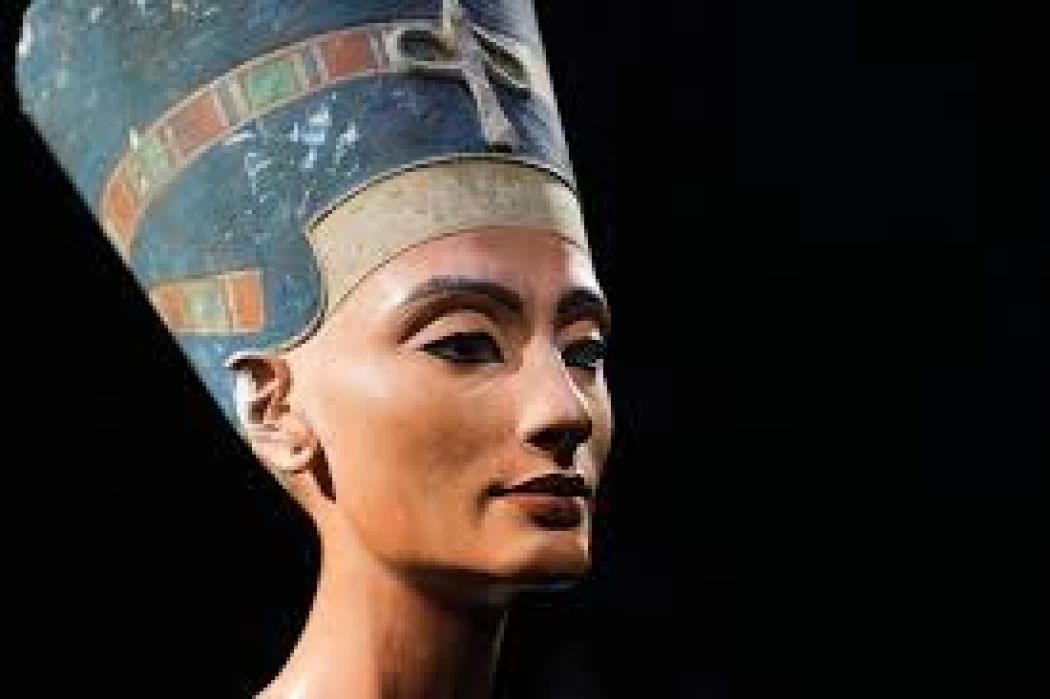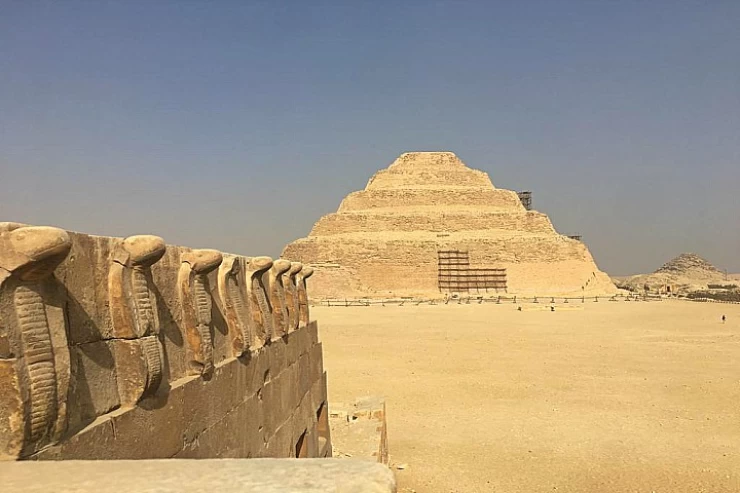
Queen Nefertiti
Lady of Happiness
The origin of Nefertiti has long been uncertain. Its name, which means "the beautiful woman has arrived", suggested a foreign or even distant provenance. However, DNA analysis carried out in 2010 on several mummies from the Valley of the Kings established that Nefertiti was certainly a first cousin of Akhenaten.
The two were therefore certainly known since childhood and their union met the requirements of dynastic purity that prevailed then. Nefertiti grew up in the opulence of the royal court of Egypt, which then experienced a period of prosperity.
Nefertiti also gains notoriety through the exclusive cult of Aton that her husband sets up. The pharaoh makes his wife his equal in this cult and bestows on her honors that no other queen has ever known. Nefertiti is very present in art. His portraits on buildings or in the statuary contribute to prolong its fame through the centuries. The unknown dates of his birth and death, as well as the mystery of the location of his tomb, also played a major role in the myth of Nefertiti, who counts among the greatest queens of Egypt, canon of beauty and intriguing long before Cleopatra.
Faithful to the god Aton, she supported the religious revolution of her husband, from then on called Akhenaton («pleasant to Aton»), which established the monotheistic cult of the solar god. According to some representations in which she is seen making offerings to Aton, she was a high priestess, a function usually intended for kings. Among the many representations of the queen, much more numerous than those of her husband in the temple of Aton in Karnak, Nefertiti would have played a very important role in the exercise of royal power.
It is difficult to get a precise idea of the personality of Nefertiti because the reign of Amenophis IV-Akhenaton and Nefertiti was deliberately erased from history by the following generations worshiping the god Amon.
The few representations of the queen that have passed through the centuries represent her as a happy wife and a satisfied mother. Nefertiti gave birth to six daughters but no son appears with the royal couple on the family scene reproductions; it can therefore be concluded that the royal couple had no heir. Some Egyptologists have speculated that this inability to bear a son would have been detrimental to Nefertiti.















